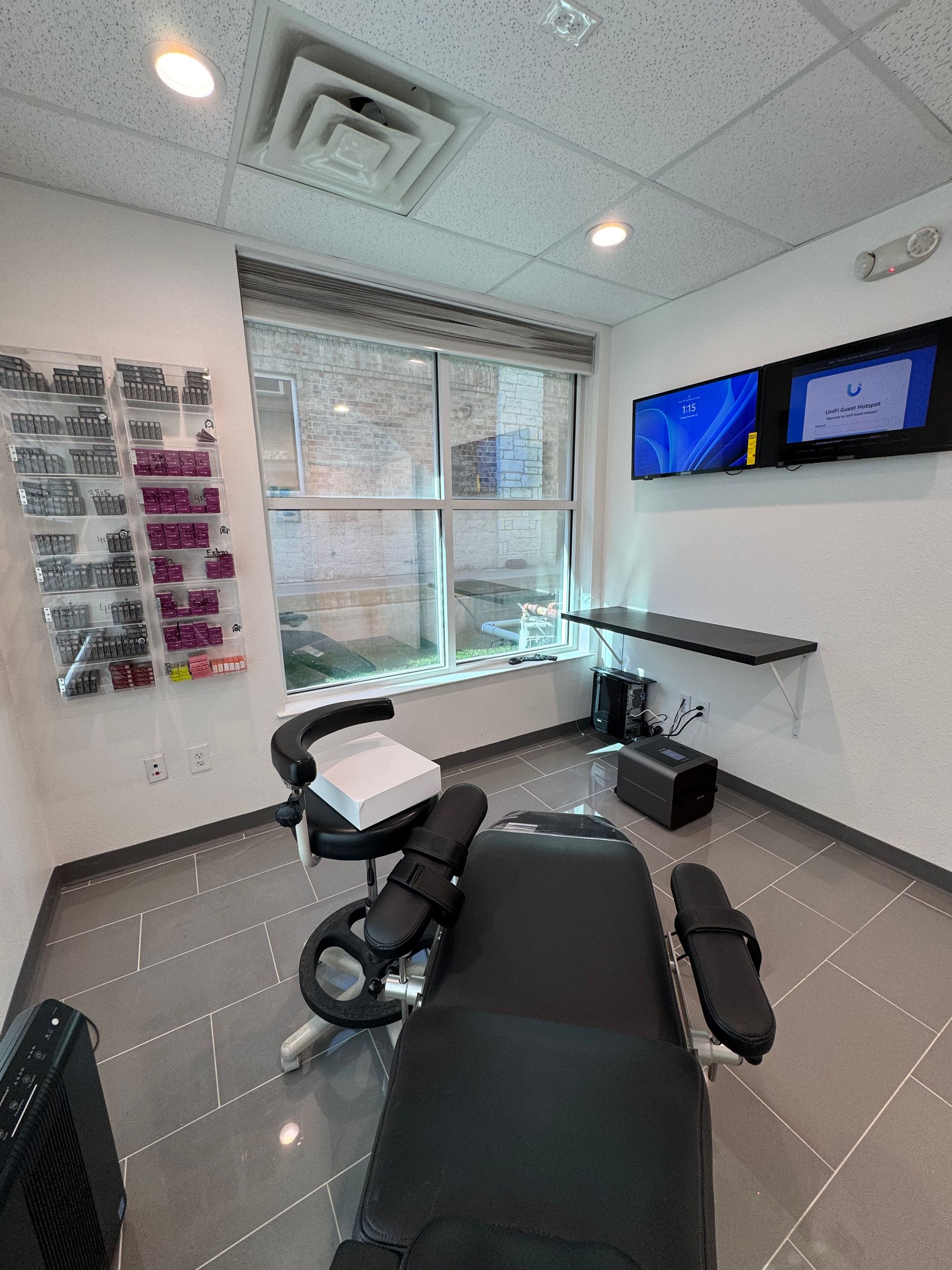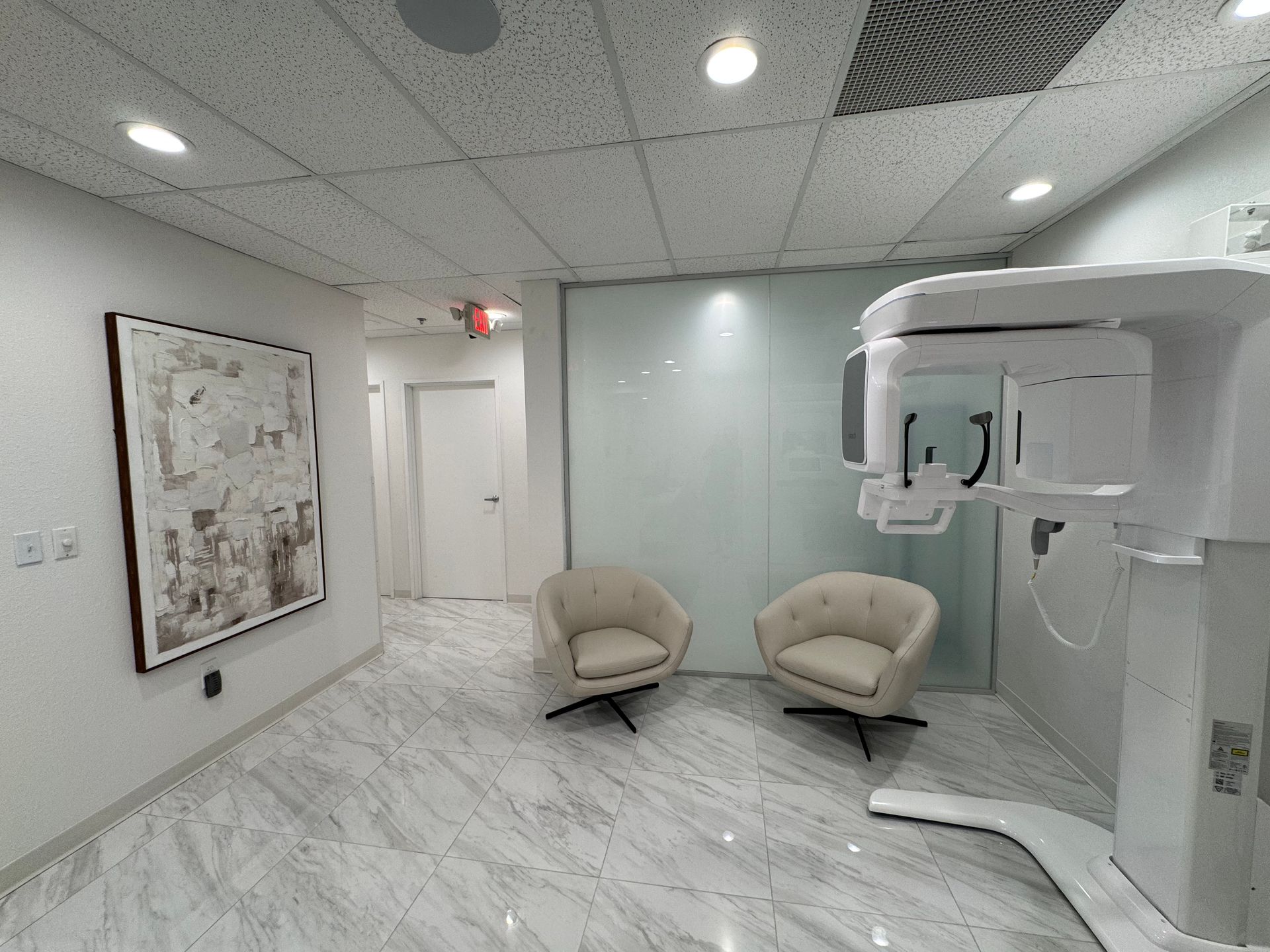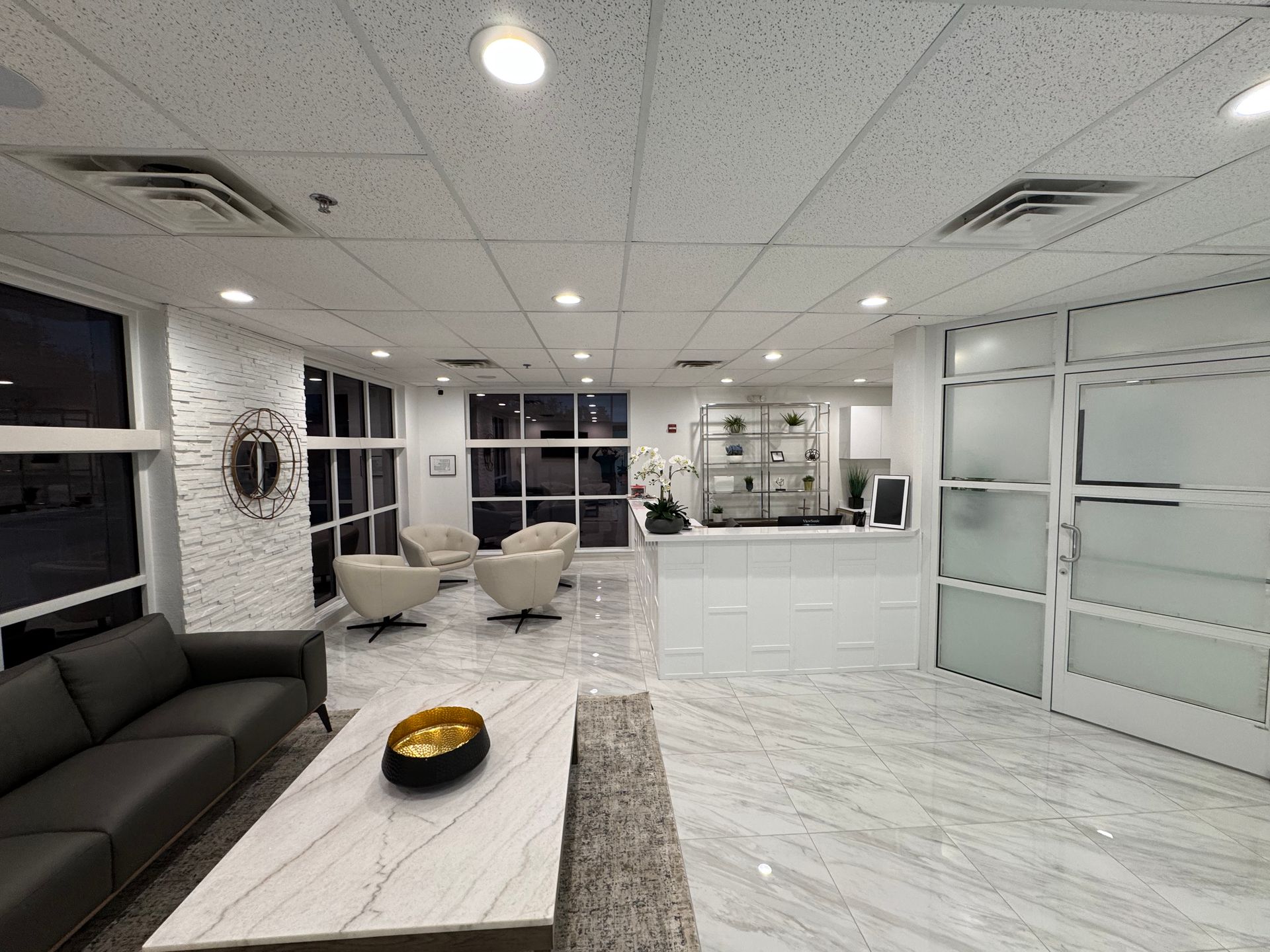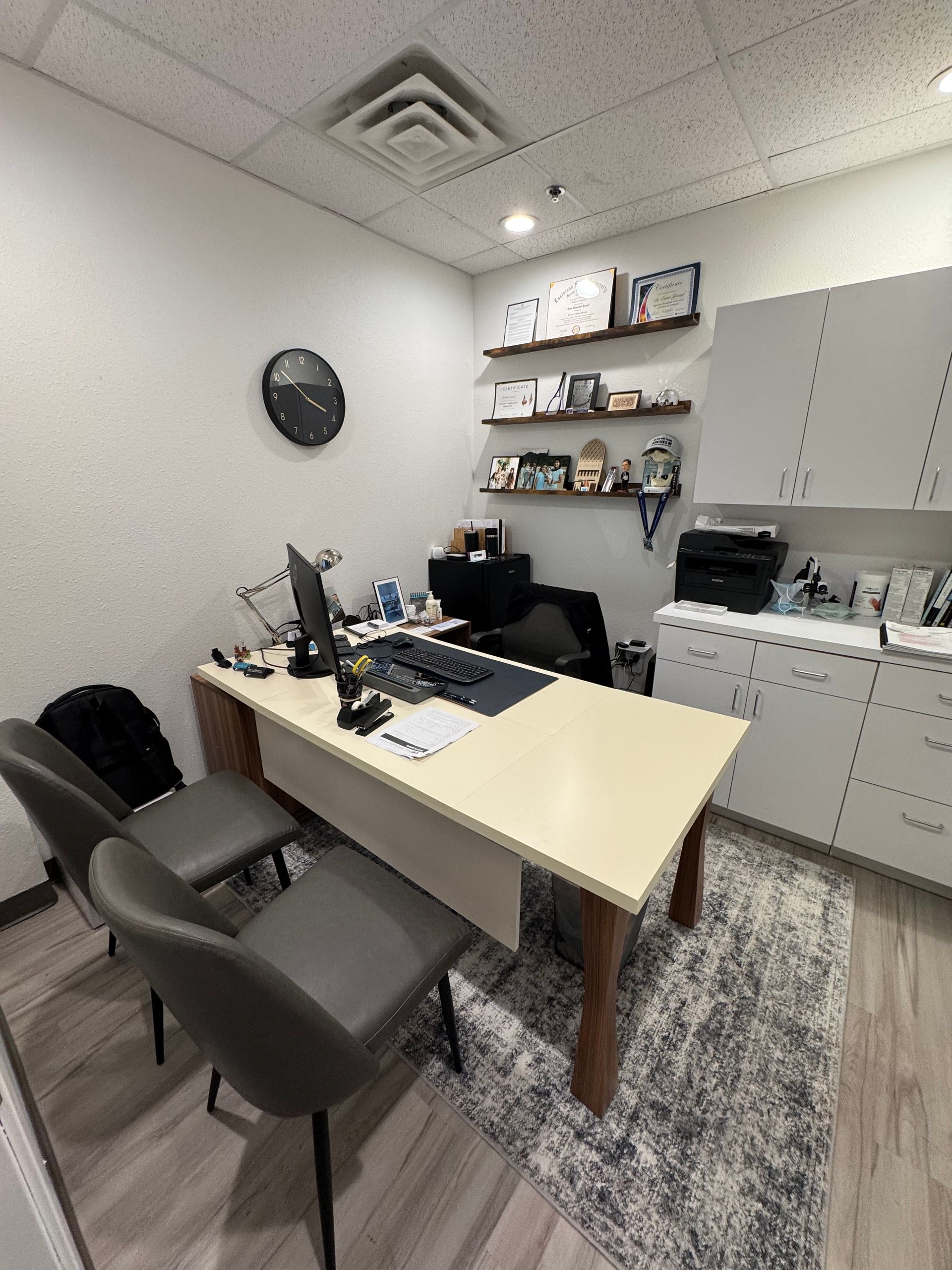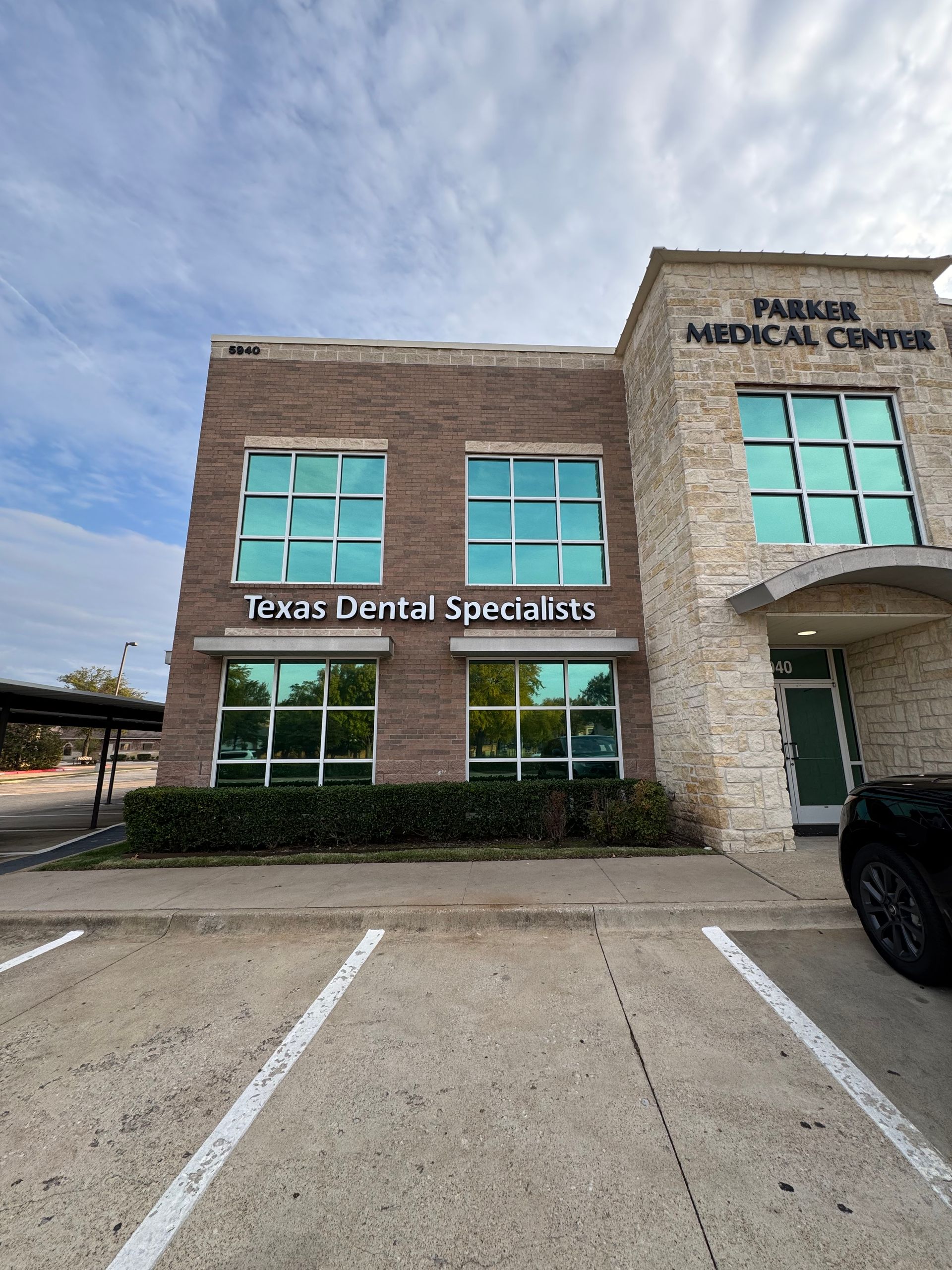What is Impacted Wisdom Teeth?
Tooth eruption is nothing but the process in which the tooth travels from beneath the jaws to enter the mouth and become visible to us. A tooth is called “impacted” if its path is obstructed by any other tooth, bone or soft tissue.
For more information about our services or to schedule an appointment, call us at (469) 306-0894 or complete the form below we’ll get back to you as soon as we can.
Normal Sequence of Tooth Eruption
The permanent teeth which are the second set of teeth start appearing at the age of 6 and by 13 years, all the baby teeth are replaced. Within these 7 years, the 20 baby teeth are replaced by 28 permanent teeth. In addition to these, four third molars (wisdom teeth) two in each jaw (upper and lower) appear by the age of 21, making 32 permanent teeth in adults. The jawbone should grow normally to provide space for the extra teeth, but if it does not grow, there are chances that the third molar teeth could get impacted in the jaw.
Types of Impaction
Depending upon the position of the impacted tooth inside the jawbone, there are four types of impaction:
- Mesial Impaction
- Vertical Impaction
- Horizontal Impaction
- Distal Impaction
“Mesial” means that the wisdom tooth is angled forward, toward the front of the mouth.
It can also be classified as:
- Bony impaction: wisdom tooth is still fully embedded in the jawbone.
- Soft-tissue impaction: the upper portion of a wisdom tooth has come out of the bone, but is still covered by a layer of gum.
Symptoms of Impaction
- Gum swelling in the back of your mouth
- Difficulty /pain in opening your jaw
- Bad breath
- Bad taste in the mouth
- Pain while chewing or biting
Causes of Impaction
- Lack of Space: During the process of evolution, the jaws have become smaller and smaller in size, because the use of jaws for chewing has declined as we eat more soft food. An underdeveloped jaw will not be able to accommodate all 32 teeth.
- Heredity: This is another important factor. Children of parents who have had impacted third molars are more likely to have their third molars impacted.
- Certain diseases: Rickets, Endocrine diseases, anemia, achondroplasia, cleidocranial dysostosis, Treacher Collins syndrome are some diseases associated with impacted teeth.
Problems Caused By Wisdom Teeth
Pain and swelling
Partially erupted third molars are difficult to clean and the food particles can get stuck there which causes gum irritation and pain.
In cases when the lower third molar has not erupted through the gums, the upper tooth bites down on the gum covering the tooth and causes pain.
Decay
It is difficult to keep these areas of the mouth clean. Most of the time the toothbrush does not reach there.
Crowding
An erupting wisdom tooth can exert force on adjacent teeth causing them to move in a crooked way.
Cyst
If the wisdom tooth is left inside the bone, the developmental sac surrounding it can be filled with fluid forming a cyst. It can destroy the bone.
Diagnosis of Impaction
- X-rays of the wisdom teeth are made to assess the positions, shapes, and sizes of the tooth, the covering bone, and the nerve.
- X-rays also locate cysts or tumors that may be associated with the tooth and to assist the surgeon to plan the surgical procedure.
Treatment for Impaction
In cases where there is sufficient space for the teeth to erupt such as with soft-tissue impaction, then a Pericoronal flap excision is done.
The second option is the surgical removal of impacted third molars between ages 16-20 if it is found that there is no space for them to erupt.
Pericoronal Flap Excision
If the soft tissue overlying the wisdom tooth is infected, a condition called pericoronitis, then this can be removed by various methods:
- ‘cold steel’,
- glacial acetic acid,
- radio-surgical means,
- LASER or
- Electrocautery
Surgical Removal
- Antibiotics and anti-inflammatory drugs are given to eliminate the infection in the area.
- It is a minor surgical procedure lasting 20-45 minutes.
- The procedure is done under local anesthesia.
- An incision is made to open up the flap.
- The bone covering the tooth is cut to expose the tooth crown.
- The tooth is removed either in whole or by cutting it into pieces and removing the pieces out.
- The surgical wound is sutured.
- Removal of the stitch after a week.
Complications /risks associated with surgical removal of Impaction
- Pain: There could be some pain felt around 3 hours after the procedure when the anesthetic effect reduces. Pain medications will be prescribed to keep you comfortable at home.
- Infection: Antibiotics should be taken as prescribed to prevent infections from developing.
- Swelling: Swelling gradually comes down after the course of antibiotics is taken.
- Bleeding: Some post-surgical bleeding is common and is easily controlled with the pressure of biting on a gauze.
Post-operative Instructions
- Use an ice pack covered in a towel and place it on the operated area from the outside (on the cheek) to reduce swelling.
- Bite down onto a clean gauze piece with pressure to stop bleeding.
- Eat soft food and drink lots of liquids.
- Brush your teeth gently in the area during the first few days after the surgery.
- Take prescribed medications and follow all instructions from your surgeon.
Request an Appointment
For more information about our services or to schedule an appointment, call us at (469) 306-0894 or complete the form below we’ll get back to you as soon as we can.
Our reviews

